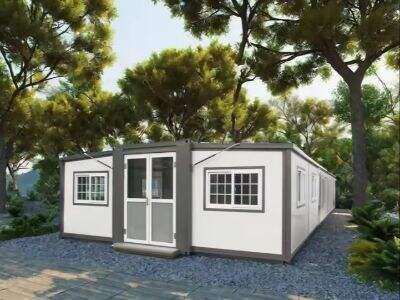There’s not much space in today’s big cities. That’s what’s causing the rise in modular. These are units, things that can easily be moved around and reconfigured. The modular container homes maximize small spaces in dense cities. Our enterprise, ZYC, is one of those pioneers in the developing of these advanced solutions.
How a modular solution is reimagining urban space
Modular units are helping to up the game in city living, where the use of space becomes easier and wiser. These units are stackable or combinable in dozens of configurations, ideal for those tight urban spaces. This could mean a small apartment that can be fitted with modular container house units that convert into a bed that folds into the wall or shelves that know how to stack themselves to minimize wasted space. That’s because it means more room to move around and more efficient use of the space.
THe emergence of modular living in the city
Increasingly, urbanites in big cities are opting for modular units because they make small-space living a whole lot more manageable. These container house modular allow for flexible living areas. A single space can be used as a living room in the daytime, transforming into a bedroom at night. People like living in these spaces, where they can adapt the rooms for their personal needs — very important especially in cities where renting a big apartment can cost a fortune.
Advantages of modular units in cities
For city dwellers, modular units but come with many benefits. They are also space savers as well as pocket-friendly and environmentally friendly. These apartments are environmentally friendly because less materials and energy are required in their manufacture. And because they are typically made in factories like ours at ZYC, they can be erected more rapidly and with fewer materials waste than traditional construction techniques.
Why modular units are flourishing in today's cities?
The cities always move and grow. Modular units are ideal here, since they can move and rearrange with the city’s transforming forces. That flexibility is a big reason for their growing popularity. Also, with more people living in cities, the need for inexpensive and flexible housing grows. This is where modular units come into play.
How modular units are changing the landscape of cities?
Modulars are not only altering what we do with space indoors, but also changing the texture and timbre of our cityscapes. And since they can be constructed in unconventional fashions, including stacking them one atop the other like Lego, modular buildings can add character to the city skyline. They can also drive more sustainable urban development—they can be repurposed and transported to other areas or used for other applications, thus decreasing the demand for new resources and the amount of waste generated.

